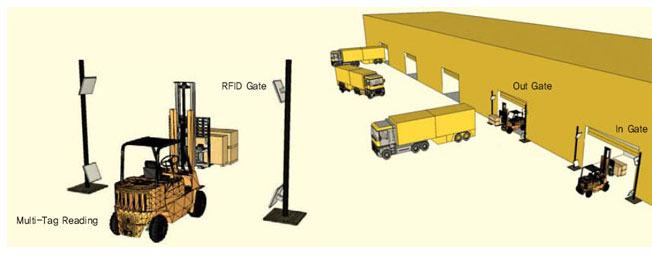
RFID’s Benefits For Transportation Are Effective and Proven
Moving products from place to place can lead to a number of issues. RFID and RFID asset tracking/tagging can help in everyday tracking across several industries including transportation.
As a review, (RFID) Radio-Frequency Identification is the use of radio waves to read and capture information stored on a tag attached to an object. This tag can be read from several feet away. It isn’t necessary to be within direct line-of-sight of the reader to be read. Consequently, this can be highly effective in the transportation field.
Optimization of Container Stowage to Increase Profits
RFID can help maximize asset utilization, reduce operating costs, improve customer service and consequently increase production without adding resources.
Lower Capital Expenditures / Optimize Ground Support Operations
RFID can aid with:
- battery and fluid monitoring,
- status and location monitoring,
- access control,
- safety and security audits,
- reporting KPIs
Seamless Vehicle Tracking
RFID has the ability to decrease on-site dwell time to increase deal, customer responsiveness and as a result, reduce labor costs for vehicle processing.
Streamline Cargo and Break Bulk Operations
RFID can:
- support various Ro-Ro vehicle operations
- simplify billing
- improve control over container freight stations,
- extend customization / mobile framework capabilities
- ensure that no process steps are missing
- guarantee quality because every vehicle meets customer/dealer specifications
Automated Yard Management
RFID can help your company:
- identify shipping bottlenecks
- rapidly adjust delivery schedules
- access historical data on location and status of assets (without written logs)
- achieve supply chain visibility to meet SLAs
- automate workflows and processes while capturing data on tracked assets across various sites.
[su_youtube_advanced url=”https://youtu.be/4nktlQpdybQ” width=”260″ height=”200″ controls=”alt” autohide=”yes” showinfo=”no” autoplay=”yes” rel=”no” modestbranding=”yes” https=”yes”]
